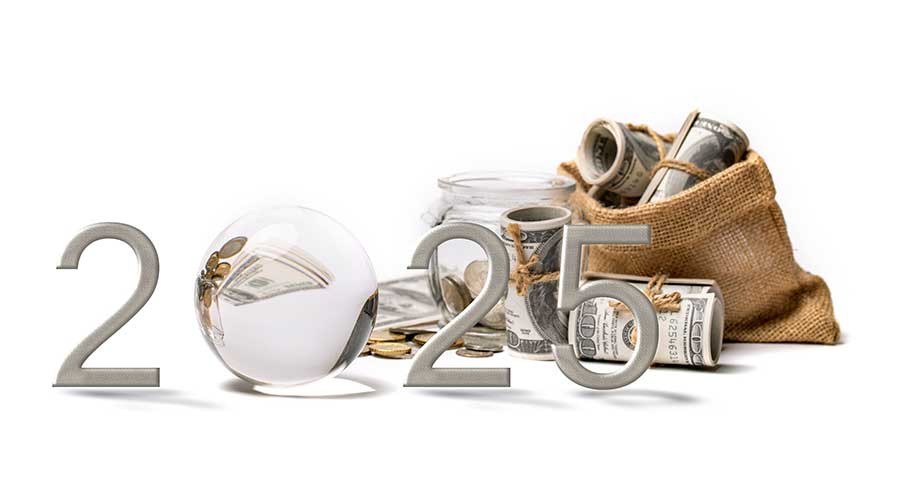Climate and infrastructure: Rail’s time to shine has arrived, industry proponents say
5/18/2021
By Julie Sneider, Senior Associate Editor
When it comes to the transportation sector, rail is leading the charge in producing climate change solutions — and the industry needs to deliver that message as customers make their supply chain decisions.
That was the theme of a May 13 webinar titled, “Get Onboard: How Rail is Leading the Charge on Climate and Infrastructure.” Anne Canby, director of OneRail Coalition, moderated the discussion of panelists Paul Denton, senior vice president of global rolling stock sales, technology and marketing at Progress Rail; Noah Heulitt, VP of rolling stock business development at Alstom; Alanna Strohecker, VP and global goods movement director at AECOM; and Andrew Wishnia, deputy assistant secretary of climate policy at the U.S. Department of Transportation (USDOT).
The event was hosted by the Railway Engineering-Maintenance Suppliers Association Inc. (REMSA).
Freight- and passenger-rail are already climate friendly, Canby said.
“By Amtrak’s reckoning, travel by train on the Northeast corridor is 83% better in terms of emissions than driving, and 73% better than flying,” she said. “On the freight side, trains are 75% more efficient than trucks. A train can move a ton of freight on a single gallon of fuel — try and beat that, trucks!”
The public is recognizing the climate benefits of shifting more trips to transit and rail, Canby said. A OneRail Coalition survey last year found that three-quarters of respondents favored shifting more passenger trips to rail and 60% favored shifting more freight from trucks to rail.
“So, rail is in the catbird’s seat right now and we have to make sure that we’re [the nation] is in a position to take advantage of its benefits,” she said.
Canby then asked the panelists to describe what their organizations are doing on the climate front. Wishnia described how the USDOT is evaluating how to reduce carbon emissions to align with President Joe Biden’s aim to achieve net zero emissions by 2050. Department officials are examining ways to reduce, shift and improve transportation trips taken to move people or goods, and rail is a key part of that strategy, he said. USDOT recently set up a Climate Change Center that is looking at potential solutions from a multimodal perspective.
Also, the Federal Railroad Administration and the U.S. Department of Energy’s Hydrogen and Fuel Technologies Office are discussing ways to collaborate on research involving the use of electrification, biofuels and hydrogen as potential climate solutions in transportation, Wishnia said.
Denton described how Progress Rail parent company Caterpillar’s sustainability achievements over the past 15 years have included a 20% reduction in greenhouse gas emissions (GHGs). Additionally, the company obtained 35.5% of electrical energy from renewable or alternative energy sources; and 27% of its sales from products, services and solutions have demonstrated sustainability benefits.
Progress Rail has invested in several current, imminent and emerging technologies aimed at improving railroad efficiency as well as reducing climate impacts, Denton said. The company’s solutions include Tier 4 diesel locomotives and the ability to upgrade older locomotives to Tier 4-level units; the EMD® Joule battery electric locomotive; and the TALOS® train automation and energy optimization systems.
Imminent technologies include better electric locomotive products, as well as the use of LNG/CNG technology as a “bridge” to emerging technologies such hydrogen engines, hydrogen fuel cells and aluminum air batteries, he added.
Meanwhile, AECOM is working with freight-rail clients to address infrastructure resilience concerns related to climate change, according to Strohecker, who in 2015 was named one of Progressive Railroading’s Rising Stars. For example, AECOM is developing a flood mitigation study for BNSF Railway Co. to understand the potential for floods during severe weather, as well as a cost-benefit analysis of risk reduction strategies.
“We’re also working with a Class I railroad to install electric vehicle charging stations [for trucks] at intermodal terminals and we performed a solar energy study for another Class I,” Strohecker said.
OneRail’s Canby asked the panel to describe the level of interest their clients have expressed in lowering their carbon emissions.
“It’s tremendous — the requests and interest from our customers around the world,” said Denton. “We’ve already deployed battery locomotives in Brazil, and we’ve got current orders in Australia and in North America. Right now, the sweet spot for battery is the switcher-type locomotives because they come back to the same place every day for recharging. And we already have customers globally using biofuels and renewable diesel fuel.”
As Congress, the Biden administration and other stakeholders debate how much to spend on fixing the nation’s infrastructure, Canby asked the group how the rail industry might improve its “messaging” that it’s time to “rebalance” what is now a “highway-centric” U.S. transportation system.
“We started with technologies to optimize the efficiency of a locomotive, then moved to optimizing the efficiency of the freight train and now we’re optimizing the efficiency of the entire network,” Denton said. “So, our message is: Freight-rail is the most cost effective, the most environmentally friendly form of transportation out there. And we need to keep telling that message.”
As the nation emerges from the pandemic, rail leaders should use “this moment in time” to communicate how passenger rail and transit provide carbon-friendly options for travel, Strohecker said.
“All of us have had to recalibrate our commutes over the past year and we’ve not driven our cars as much as we did a year ago,” she said. “We should work together as an industry to promote the message that passenger rail is as an opportunity to do our part” to reduce carbon emissions.
The Biden administration’s emphasis on rail isn’t about forcing people to choose one transportation mode versus another, USDOT’s Wishnia said.
“But we want to be able to provide options for people to take advantage of rail and transit,” he said. “It’s a solution that has multiple benefits — not just climate, but also safety.”


